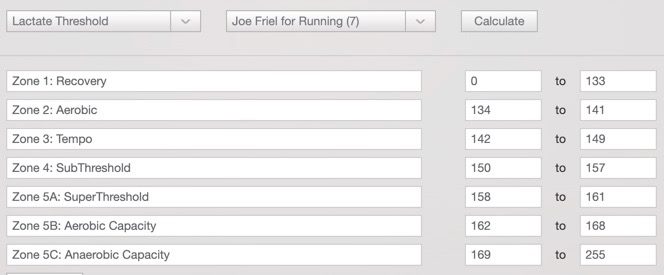Here’s week 2 of the 5k plan and a little on fuelling and refuelling. Don’t forget the strength and conditioning classes that Duncan is running on Issolation Fitness. You can do these to supplement your training or instead of a session (see the bit at the end) if there’s too much running here for you.
Session 1: Fartlek run
Try to do 10 reps, 30 seconds at 5k pace followed by 1 min recovery. Try to keep the recovery moving rather than stopping but slow it right down to a jog. The hard sections should be tough and try to keep the same pace for the last one as you did on the first. Don’t forget to include a warm up and warm down in this session too.
If you keep a consistent pace over the hard sections what you should notice is that your heart rate is higher on the final few compared to the first few, this is normal and shows the additional work that you’re putting in on those sections. The aim is to increase the efficiency of our body in using anaerobic energy – this is energy used without oxygen. You will get 2 effects from these type of exercises over time: your body will become more efficient and effective at using glycogen for sprints and your heart will stop trying to push oxygen round your body so you won’t get out of breath as much. The anaerobic energy system provides energy for typically up to 45 seconds before the lactate system starts to be the dominant energy provider, then after about 2 mins the aerobic energy system becomes dominant. To start with though, your glycogen stores might get depleted quickly and for the last few repetitions of this session your body might try to use your other energy sources which can’t do this sort of exercise as effectively. So you get 2 levels of fatigue – depleted glycogen and fatigue from using ineffective energy.
So this is why refuelling is important – if you’d had a heavy weights session you’d take protein to repair your muscles but also to rebuild stronger muscles. Well it’s similar for energy stores, you need to replenish your glycogen (and other energy stores) but also improve them for future efficiency improvements. I’ll post more about fuelling and energy systems later but for now you have a window of opportunity to make maximum efficiency improvements and it’s quite short – try to refuel within 20 mins of finishing your exercise. The ideal ratio is 4:1 carbohydrate to protein and around 1g carbohydrate per kg of body weight. That’s quite a lot, a banana has about 25g carbohydrate and 1g protein, 100g chicken has 9g carbohydrate and 25g protein. So shakes can be useful, as can chocolate milk – Yazoo has 17.6g carbohydrate and 6.4g protein per 200ml serving (124 cal), a 500ml bottle of Lucozade sport (Fruit punch flavour) has 32.8g carbohydrate and 0g protein (137 cal). You need to be careful and refuel when you need to but not overeat especially if you’re using running as part of creating a calorie deficit in order to lose or control weight. Only you will know where the balance is for you, but if you often feel unwell a few hours after running it might be that you’re not refuelling properly or enough. I’ll post more about this later.
Session 2: Tempo run
After warming up and an easy pace jog (say 10 mins) try to maintain a tempo pace for 2-3 miles (3-5km) and then jog for a further 10 mins and finish with some stretching. A tempo pace should be fast enough that you can only manage snatched 2-word sentences but not so much that you struggle to breath. Your breathing should be hard but if you find maintaining the pace is tough then slow it down a little. If you need to walk for a little then do so, improvements will come over time.
Session 3: Easy run
45 mins to 1 hour at an easy pace – it’s important to keep the pace easy for this one, if you’ve done sessions 1 and 2 already then your body needs an easy session to help build your endurance capability – remember, not every run is a race.
Session 4: Progression run
A long steady (easy paced) run up to 1 hour 30 mins including a warm up and warm down. The final 10 mins of the run should be at a faster pace – this is going to help with strong finishing. For me I do 10 min warm up jog, 60 min easy pace run, 10 min at 5k pace, 10 min warm down jog. For the 5k plan you’ll see these progression runs become a feature of the long slow runs.
Remember you don’t have to do all of the sessions, if you need to miss one this week I’d recommend dropping the Fartlek session and stick with the other 3. If you need to drop another then drop the 45 min easy run and maybe slot in a strength and conditioning class instead. Have fun and let me know how you get on.

